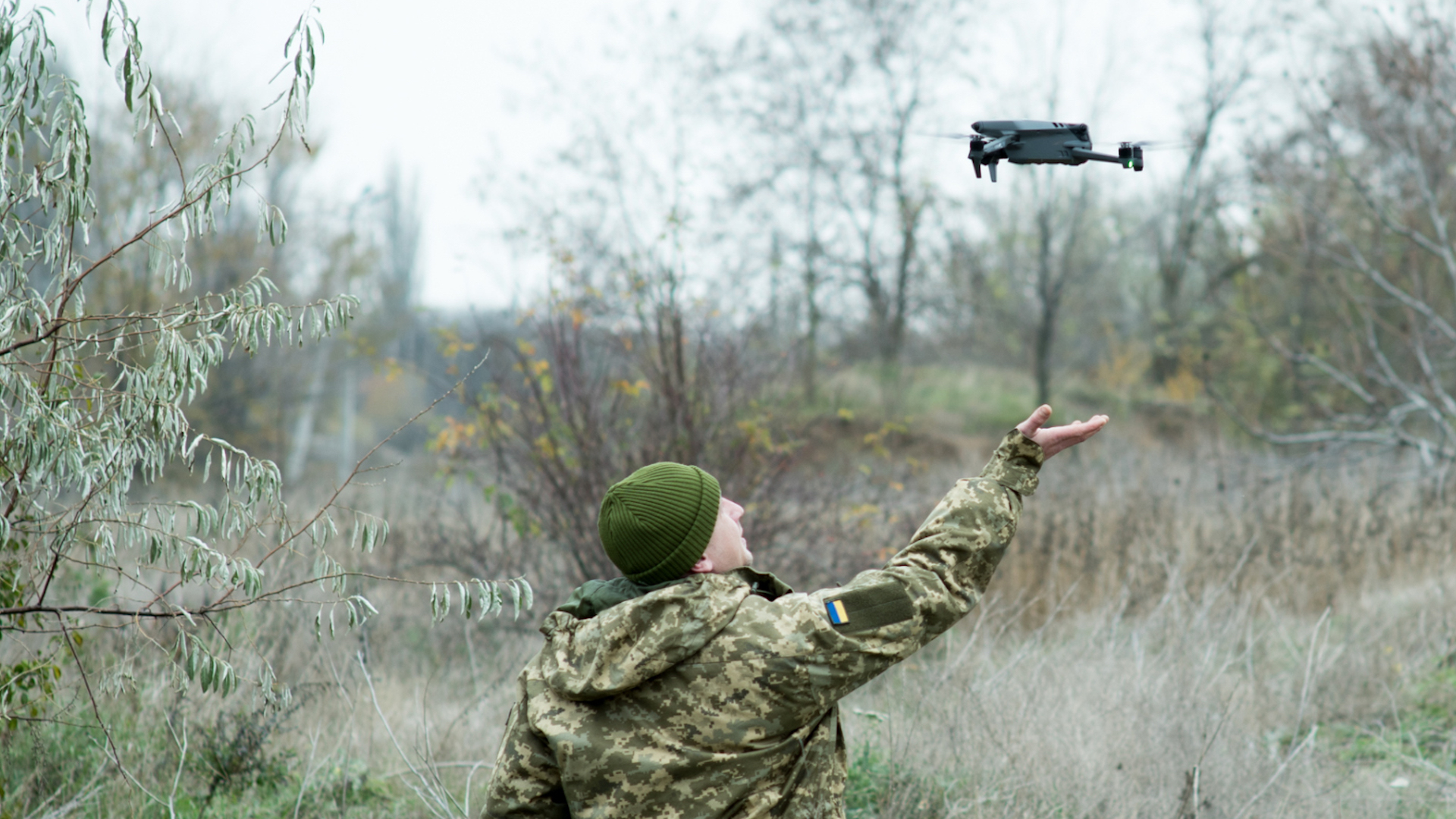

Drone warfare has been a major part of the fighting in Ukraine. With the war in the country well into its second year, the sheer scale of the uncrewed aerial vehicles being used is coming into focus. Ukraine is using enough aerial drones that it is losing 10,000 UAVs per month and has not yet run out.
The report, “Meatgrinder: Russian Tactics in the Second Year of Its Invasion of Ukraine,” comes from the British think tank the Royal United Services Institute and looks at how the Russian military is adapting as fighting drags on. The wide-ranging study looks at command and control, air defenses and other areas, but in the document is the detail that Russia’s electronic warfare systems and counter-drone weapons are taking out 10,000 aerial drones each month.
It’s not clear how many are being destroyed or disabled in specific months, but the approximate average highlights both the sheer scale of the use of drones in the war and how focused both sides are on taking the other’s out.
Subscribe to Task & Purpose Today. Get the latest military news, entertainment, and gear in your inbox daily.
Part of the success against Ukrainian drones is that Russian troops have decrypted the communications system — the Motorola 256-bit encrypted one — that Ukraine’s forces are using. That allowed the Russian military to take out airborne drones. Meanwhile Russian troops have adapted their deployment of electronic warfare systems, placing one approximately every 10 km along the front lines, which run through Ukraine’s eastern and southern regions.
Those high losses are not all military-grade drones. In addition to those UAVs, Ukraine heavily utilizes commercial drones. Some of those, like simple gyrocopters, have been used for reconnaissance purposes while others have been heavily modified for combat roles. It’s similar to the civilian automobiles that have been converted into armed vehicles for the Ukrainian forces.
Although the war in Ukraine has seen high-tech tactics stalled or countered by rough terrain, electronic jammers and older tactics such as trench warfare, the use of drones has been a major part of both side’s doctrine. In addition to reconnaissance purposes, they’ve been used in direct assaults as well as targeting tools to coordinate artillery barrages, the latter of which has been a dominant element in the conflict.
Aerial drones have also been a major source of visuals from the war; drone footage has documented artillery barrages, airstrikes and ground combat from high above the fighting areas, and those videos have proliferated on social media.
The report does not delve into Ukraine’s total supply of drones, nor does it give any indication on if the country is running low on them. And despite the apparently high losses, Ukraine is still able to make, purchase or acquire enough UAVs to maintain its deployment of them. It also is working on procuring funds to buy more. After a successful marine and aerial drone attack on Russia’s Black Sea fleet in Sevastopol, Kyiv has even opened up crowdfunding to acquire more USVs for similar attacks.
The RUSI report found other changes to Russian military operations in the second year of the war. It observed that Russian forces are adaptable and are making changes to make up for shortcomings, but that those only happen after serious failures. After major setbacks in the summer of 2022, Russian forces moved much of its command and control infrastructure well behind the lines, outside of the range of many weapons systems. Meanwhile alterations in air defense on both sides have increased cases of Russia shooting its own forces.
The latest on Task & Purpose
- Special Forces soldiers reveal first details of battle with Russian mercenaries in Syria
- Who was General Mark Milley before he was ‘The Chairman’?
- What we know about the Marine veteran who killed Jordan Neely on the New York City subway
- Fort Benning, ‘home of the Infantry,’ is now Fort Moore
- Ukraine claims it has routed a Russian brigade near Bakhmut
